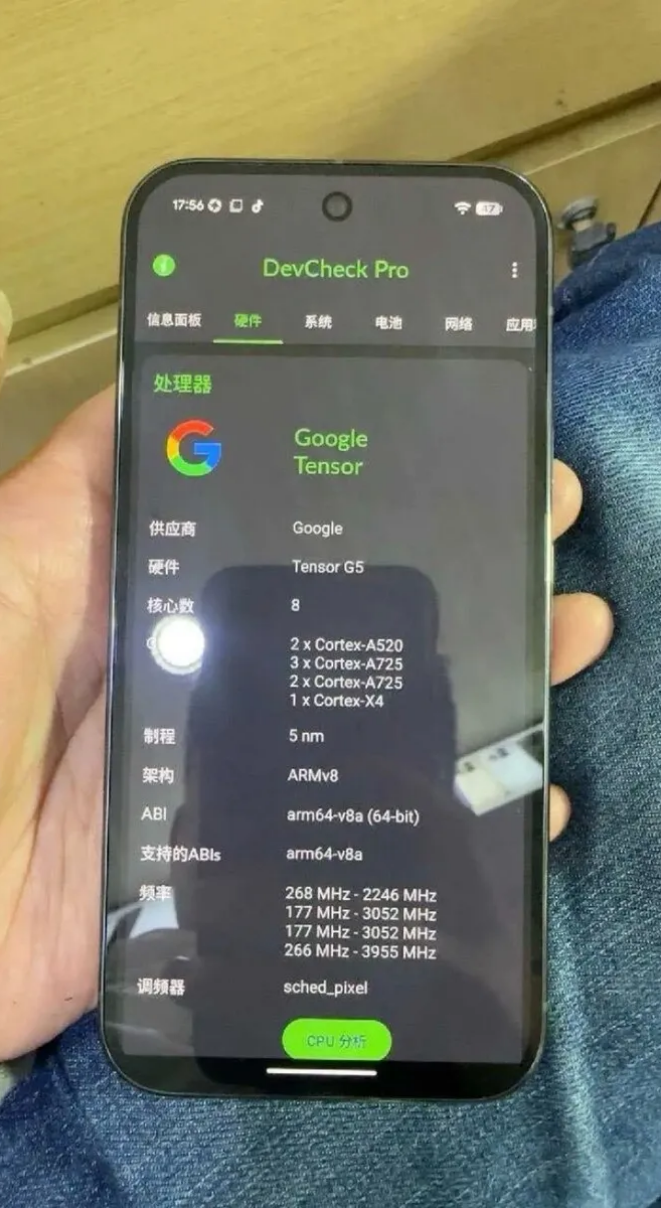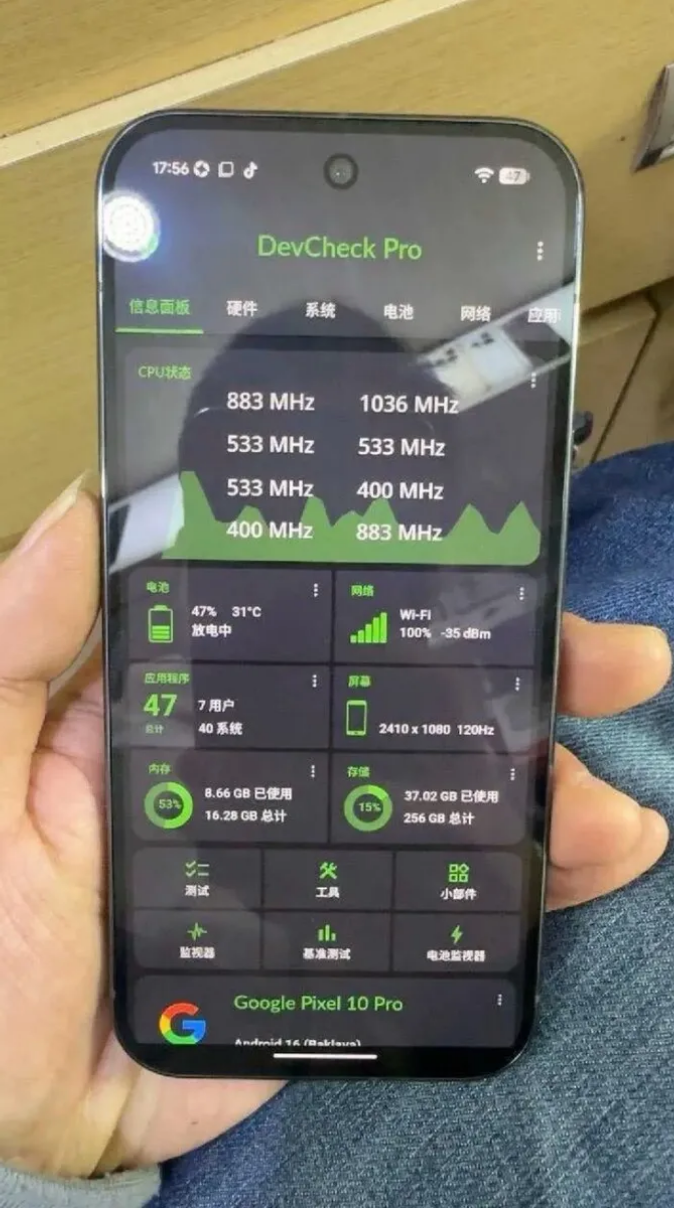Latest Google Pixel 10 leak reveals key hardware omissions — but why?
No vapor chamber, no Wi‑Fi 7. Pixel 10's base models play it safe while rivals push ahead.

We’ve finally learned more about the upcoming Google Pixel 10 following yet another round of leaks. This time, they come from Android Headlines and paint a clearer picture of Google's next flagship. And while previous leaks of the renders by OnLeaks and Mystic Leaks confirm a familiar formula, together they raise a worrying question: Is Google coasting?
If you were hoping for a design shake-up, you might want to temper expectations. The base model Pixel 10 looks almost indistinguishable from its predecessor. Same horizontal camera bar. Same flat display. Same matte glass aesthetic.
We’re not saying it’s ugly. It’s arguably one of the cleanest designs on the Android side of mobiles. But in a year when all the big Android players are leaning into bold, AI-heavy, edge-to-edge reinvention, Google’s next phone feels like it’s stuck in 2022. Especially when the base models are missing what is quickly becoming a critical inclusion: A vapor chamber.
A safe bet, but perhaps too safe
According to the leak, the Pixel 10 will feature a 6.17-inch flat display, possibly OLED, with the same centrally aligned punch-hole selfie cam we’ve seen since the Pixel 6. Around back, the trademark camera visor houses what should be three lenses — wide, ultrawide, and telephoto — and a flash in a layout similar to the Pixel 9.
Measurements show it’s slightly taller and slimmer than its predecessor (152.8 x 71.9 x 8.5mm), with rounded corners and a new metal frame that could help with durability. But visual tweaks aside, this feels like more of a spec refresh than anything groundbreaking.

There’s no confirmed word on the chipset, but we’ll likely see a next-gen Google Tensor G5, manufactured by TSMC. Early whispers suggest modest gains in AI performance and battery efficiency, but no leap in raw power.
That’s going to sting when the Snapdragon 8 Gen 4 and Apple A19 chipsets are reportedly doubling down on generative workloads with major gains in TOPS (trillions of operations per second).
Sign up to receive The Snapshot, a free special dispatch from Laptop Mag, in your inbox.
Vapor chamber? Pro model only
Easily the most surprising and controversial takeaway from June 24’s Pixel 10 leak is what’s missing under the hood. According to Android Headlines, the base Pixel 10 does not include a vapor chamber cooling system.
This is a pretty big deal. We’re in 2025 now, and thermal design is table stakes. Even budget phones are shipping with copper heat pipes or vapor chambers to keep performance stable under load, particularly with AI processing and high-end gaming pushing mobile chips harder than ever. Samsung’s Galaxy S25 and even OnePlus mid-rangers include advanced heat dissipation systems.



Segmentation seems to be the only viable reason Google would choose to do this. It would also explain why Google is leaving out Wi-Fi 7 and Ultra Res Zoom on the base model. By pulling key features from the vanilla Pixel 10, Google is drawing a sharper line between the base and Pro models. But that strategy risks alienating fans who don’t want to shell out $999 just to get modern cooling.
If the Tensor G5 chip is as efficient as leaks suggest, maybe this won't matter for most users. But for video capture or AI workloads, the lack of a vapor chamber could lead to thermal throttling, which is simply unacceptable.
Pixel vs. everyone
Let’s put all this in context. The Galaxy S25 Edge is 5.8mm thin, feather-light, and still packs a 200MP camera with a Snapdragon 8 Gen 4 chip. That’s the same silicon expected in many late-2025 Android flagships. Apple’s iPhone 17 Pro Max, meanwhile, is tipped to include an upgraded Neural Engine with on-device GPT-4-class processing and improved battery life from its new stacked cell tech.
Against that backdrop, the Pixel 10's rumored dual-lens setup and conservative redesign feel underwhelming, especially without a confirmed leap in AI compute or display technology. Even mid-range phones like the OnePlus 13 and Xiaomi 15 Pro are starting to ship with periscope lenses and sub-4nm chipsets.
Despite all this, the Pixel 10 could still matter a lot. Pixel phones don’t win on brute force. They win on experience. Call Screen, Hold for Me, live translation, and Assistant at your fingertips. These are all features that turn Google’s phones into digital companions, not just pocket computers.
If the Pixel 10 tightens up the formula, enhances efficiency, and brings the next wave of Gemini-powered tools to a clean, stable phone? That’s a win for mainstream Android users. But if you were hoping for a radical Pixel Fold 2-style rethink? That’s not what the leaks are showing.
More from Laptop Mag

Luke is a freelance writer and journalist. Although his background is in legal, he has a personal interest in all things tech, especially hardware and microelectronics, and anything regulatory. Aside from Laptop, he contributes to publications including All About Circuits and EE Power.
You must confirm your public display name before commenting
Please logout and then login again, you will then be prompted to enter your display name.
